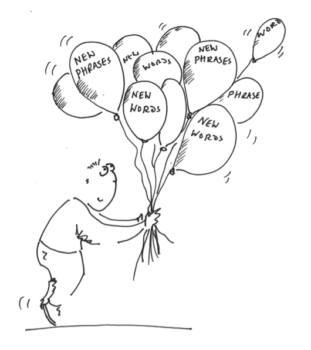
What do I mean?
Bottom up
- This means only looking at the phonological aspects of the sounds, letters, words and structure to support spelling.
- This is the way nearly all initial teacher training courses and courses in SpLD/ Dyslexia are structured.
- There is nothing wrong with this and initially is how it should be taught, but in conjunction with the top down approach.
- Look at the suggestions for the children themselves in their section. you can implement some of these ideas in the classroom, or encourage the parents to become involved at home or for homework, especially during the holidays, when everyone is more relaxed and has time.
- There are many spelling software programmes to act as reinforcement and over-learning. Eg WORDSHARK and NESSY.
Top Down
- You want the children to learn and correct their spelling in context.
- Once the children have gained the elementary phonological knowledge, it is time to have fun with spelling.
- Get the children excited about building up their vocabulary words and phrases.
- Have fun interpreting and analyzing new words through morphology (units of meaning)
- Create a love of finding out where words come from, play with prefixes and suffixes. Use the Online Dictionary of Eptymology to help you with the origin/roots and meanings of words.
- Scaffold that process so that they have the vocabulary word lists to hand (in which ever format suits the situation: a booklet, file or computer wordbook).
- The process of how you make these vocabulary lists is explained in the scaffolding of creative and academic writing.
- A word on writing: if they are writing by hand, encourage skipping lines. This way there is a free line to write spelling corrections. If on the computer, they could have the original text and then copy and paste it to do their corrections (which could then be underlined, for ease of marking)
- The students should highlight the vocabulary that they have used in their writing as an exercise in over-learning and metacognition.
- A word on marking: You might well have a school marking policy you have to adhere to, but if you have a choice, do not write the correct spelling for them! Put a dot under the word which they then have to correct. So if they always write a spelling in a certain way, by the time they have had to correct it, in context, many times, it will become automatic (that’s the aim!)
- If the student is receiving extra support, a very good activity for the TA to do is go through the work, using the opportunity to give a mini-spelling lesson on the misspelt words, with the students talking through how they will remember the word in the future.